Executive Director of the Institute for Essential Services Reform (IESR) Fabby Tumiwa said that amid the world energy crisis, global renewable energy investment has increased to USD226 billion in the first half of this year. The number grew 11 percent over the same period last year.
Read more on Medcom.
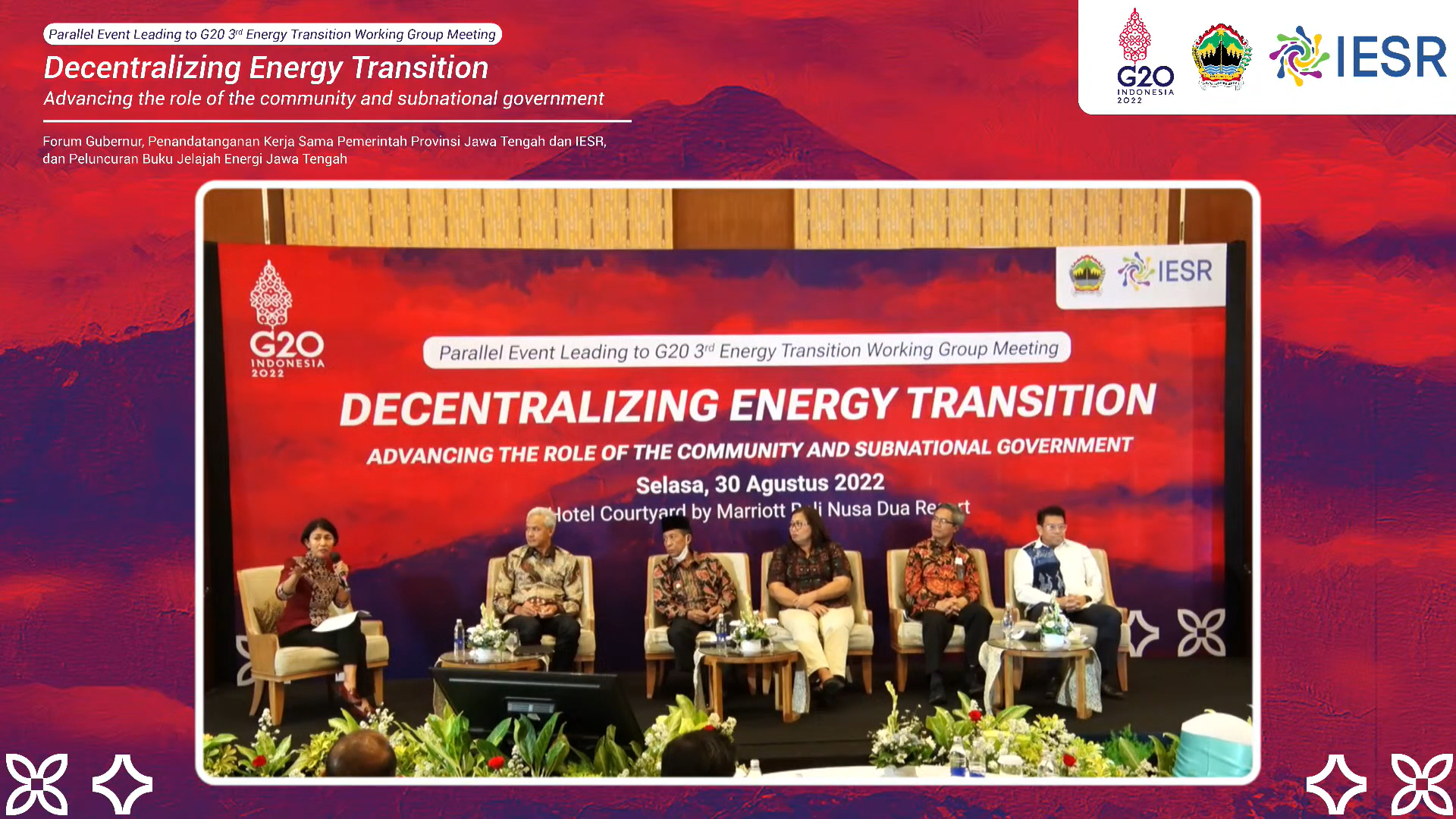
Bali, 30 August 2022 - Local governments and communities can be the catalyst for accelerating the energy transition. The decentralized energy transition requires a relatively shorter time because it is carried out on a small scale and the impact can be directly felt and seen by the community.
Ganjar Pranowo, Governor of Central Java, in…
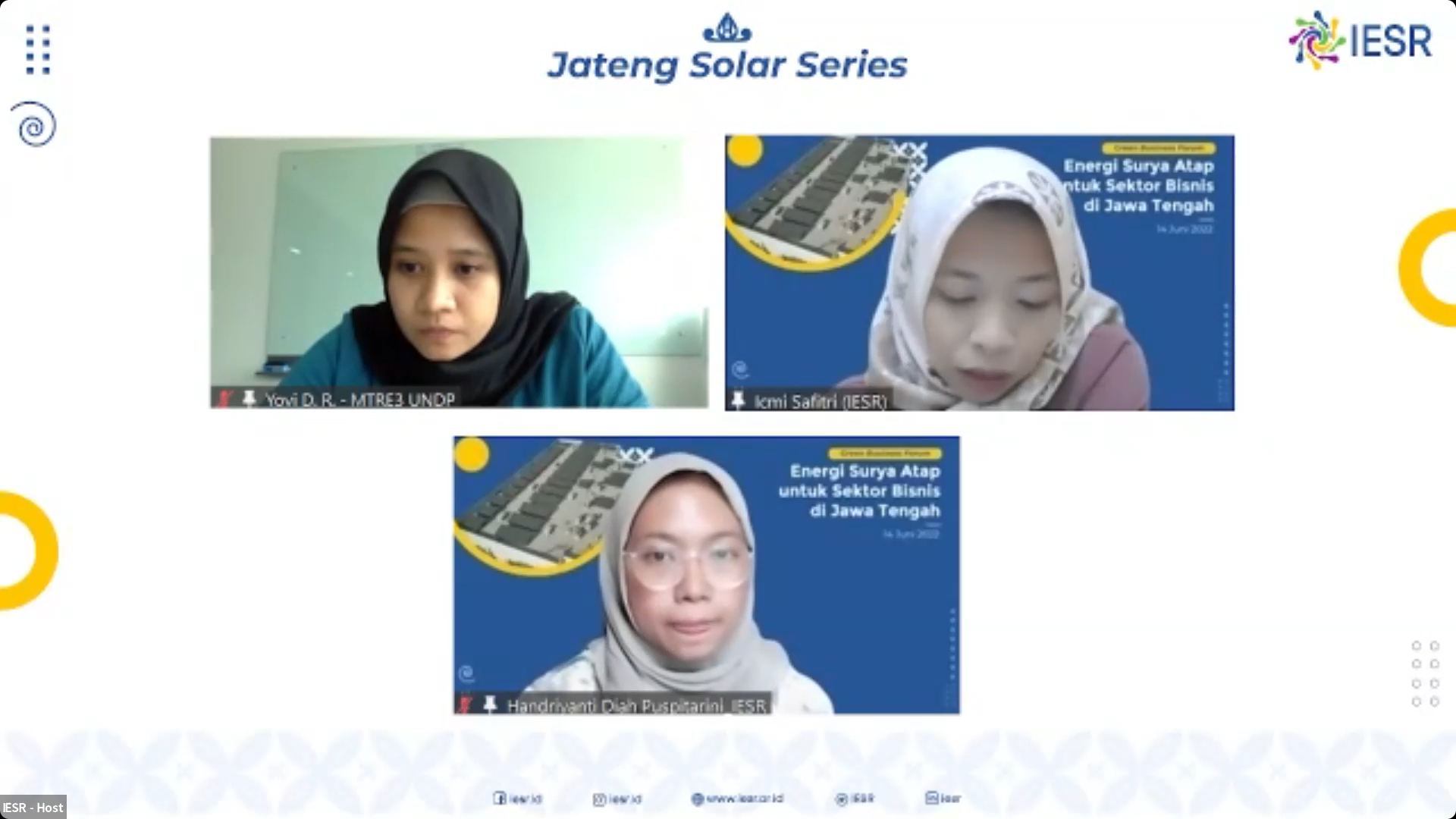
Semarang, June 14, 2022 - The growing popularity of the climate change issue and environmental sustainability is slowly affecting people's consumption and spending patterns in various fields from household needs to tourism. A global survey conducted by The Economist shows an increase in spending on sustainable products from year to year from 2016 - 2020.…
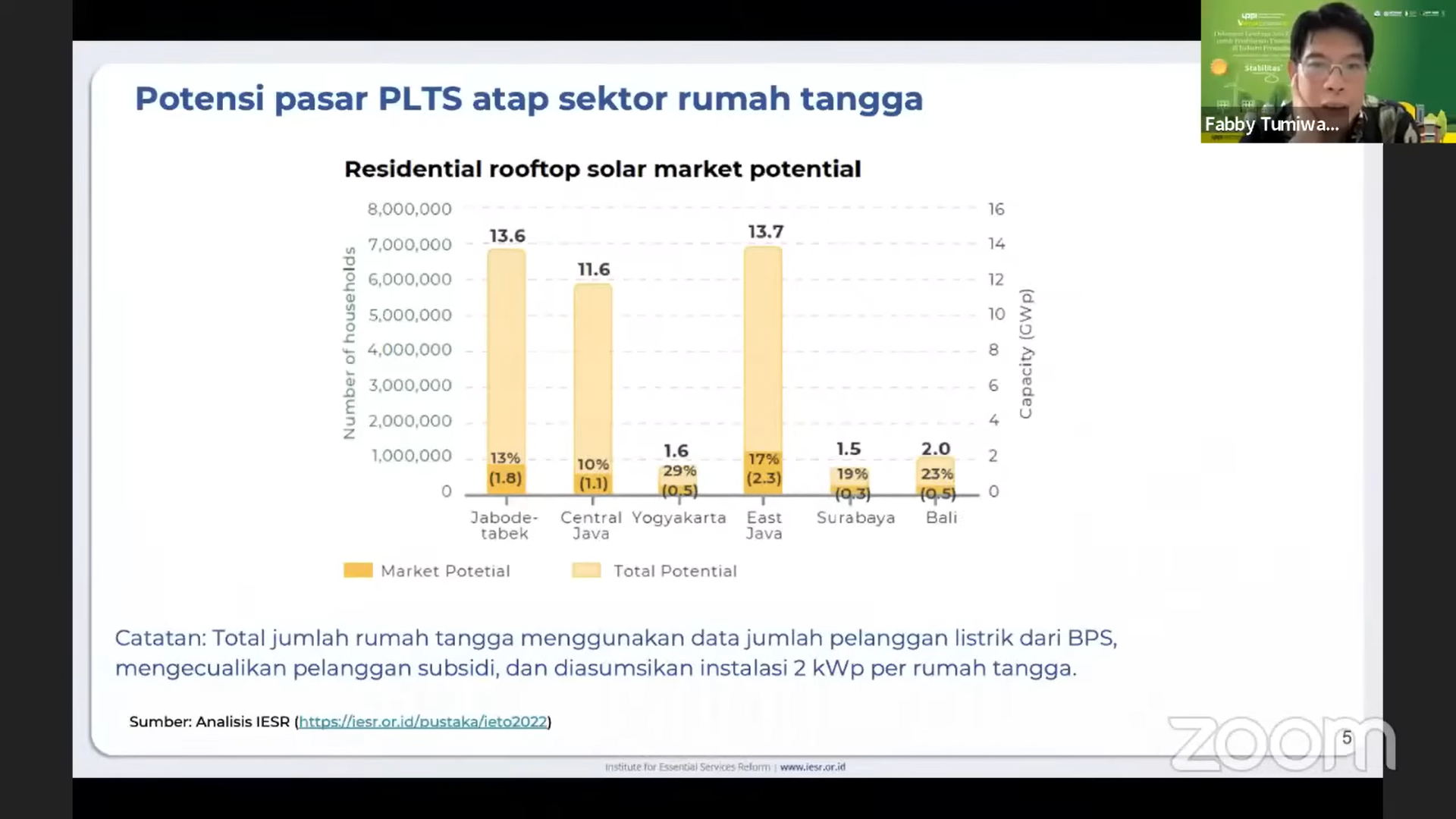
Jakarta, June 9, 2022 - The potential for the use of rooftop PV in the residential sector is one of the largest in accelerating the energy transition and achieving Indonesia's renewable energy mix target. Appropriate policy instruments and attractive financial support are some of the supporting factors in encouraging the massive adoption of rooftop solar…
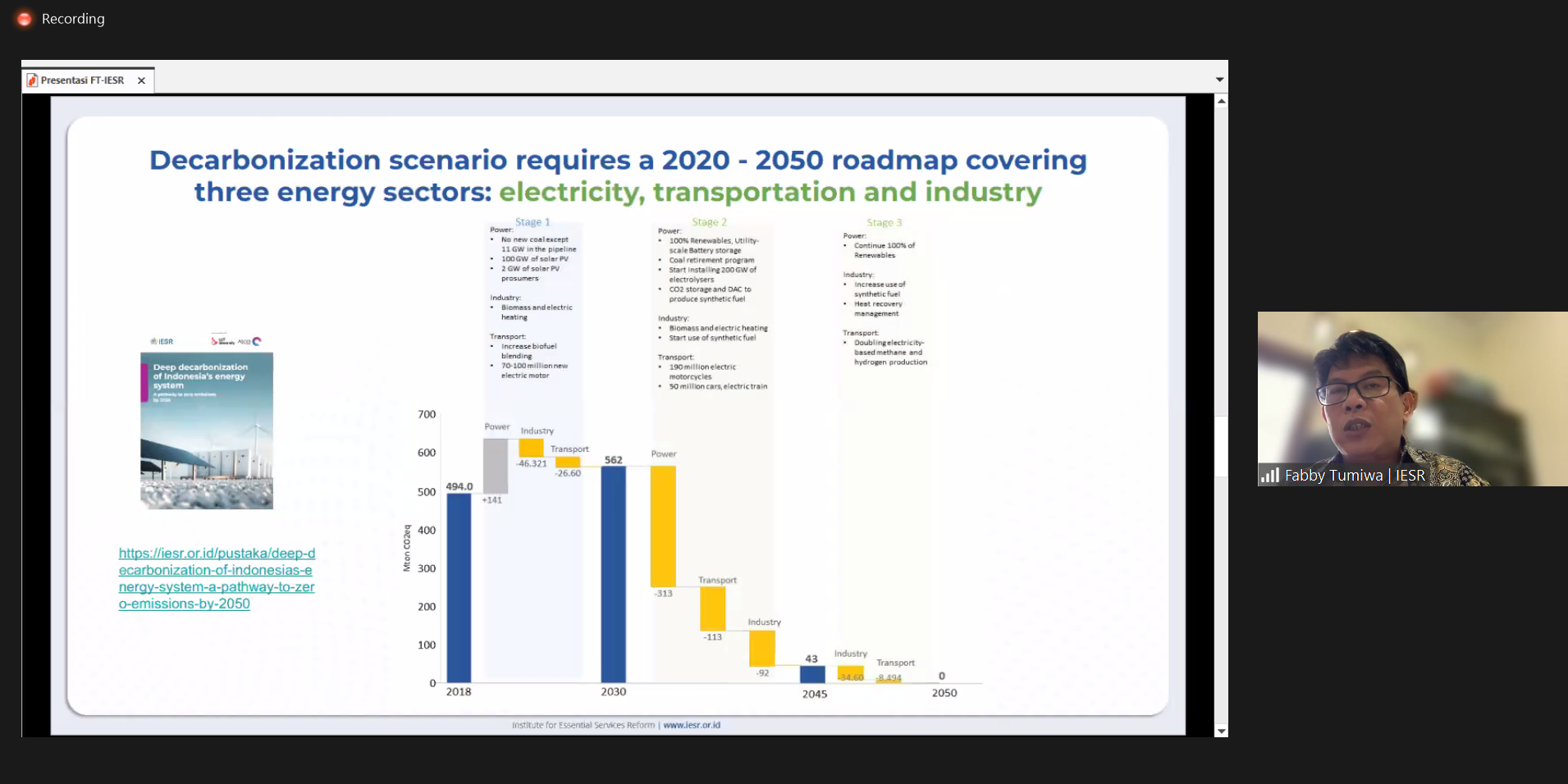
Jakarta, 19 May 2022 Renewable energy is seen as a quick win to secure a global temperature rise of no more than 2 degrees Celsius, according to the Paris Agreement. Indonesia whose emission reduction targets 29% on self-effort and 41% by international assistance by 2030 is actively seeking a more effective way to secure its…

Jakarta, 20 April 2022- One of the essential things in building a solar PV ecosystem in Indonesia is the readiness of its human resources. Measuring Indonesia's readiness to enter the gigawatt order, the Institute for Essential Services Reform (IESR) in collaboration with the Ministry of Energy and Mineral Resources (ESDM) held a webinar entitled…
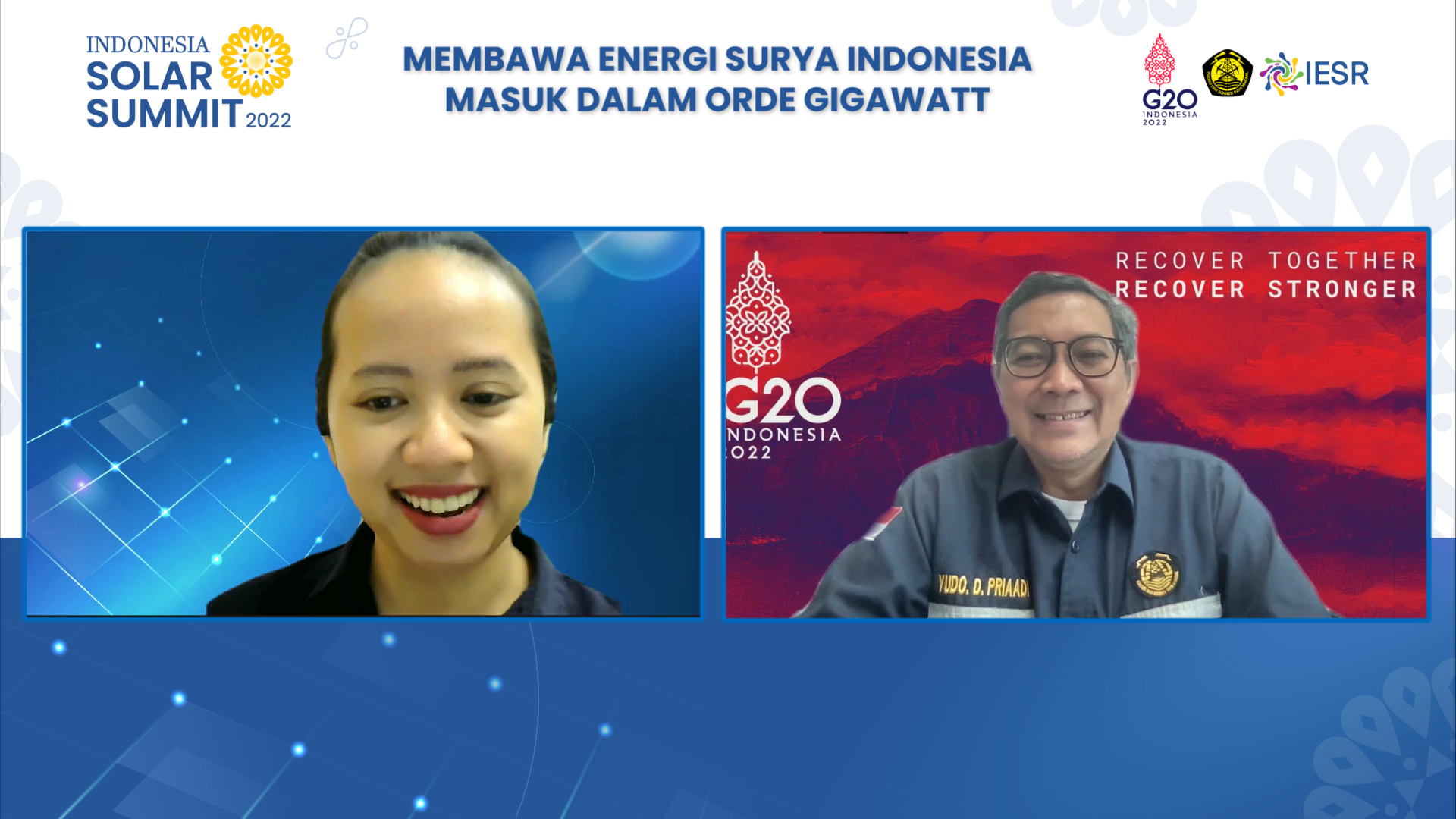
JAKARTA, 20 April 2022 - Carrying the energy transition as the main topic of Indonesia's presidency at the G20, Indonesia needs to show its leadership in pursuing a more massive renewable energy capacity, especially solar energy. Indonesia can also learn from the experiences of the G20 countries in encouraging the growth of solar energy and…

Jakarta, 20 April 2022- The issue of financing is still one of the big obstacles in developing renewable energy such as rooftop solar power plants in Indonesia. There is a large gap between the government's agenda to accelerate solar penetration and access to funding for both developer and household projects. Difficult access to funding can…

Jakarta, 19 April 2022 - Indonesia's presidency at the G20 2022 is a momentum to show Indonesia's seriousness in accelerating the global energy transition and the national energy transition plan to achieve carbon-neutral 2060 or faster. One of the ways to achieve it is by accelerating the utilization of solar PV, which has a potential…
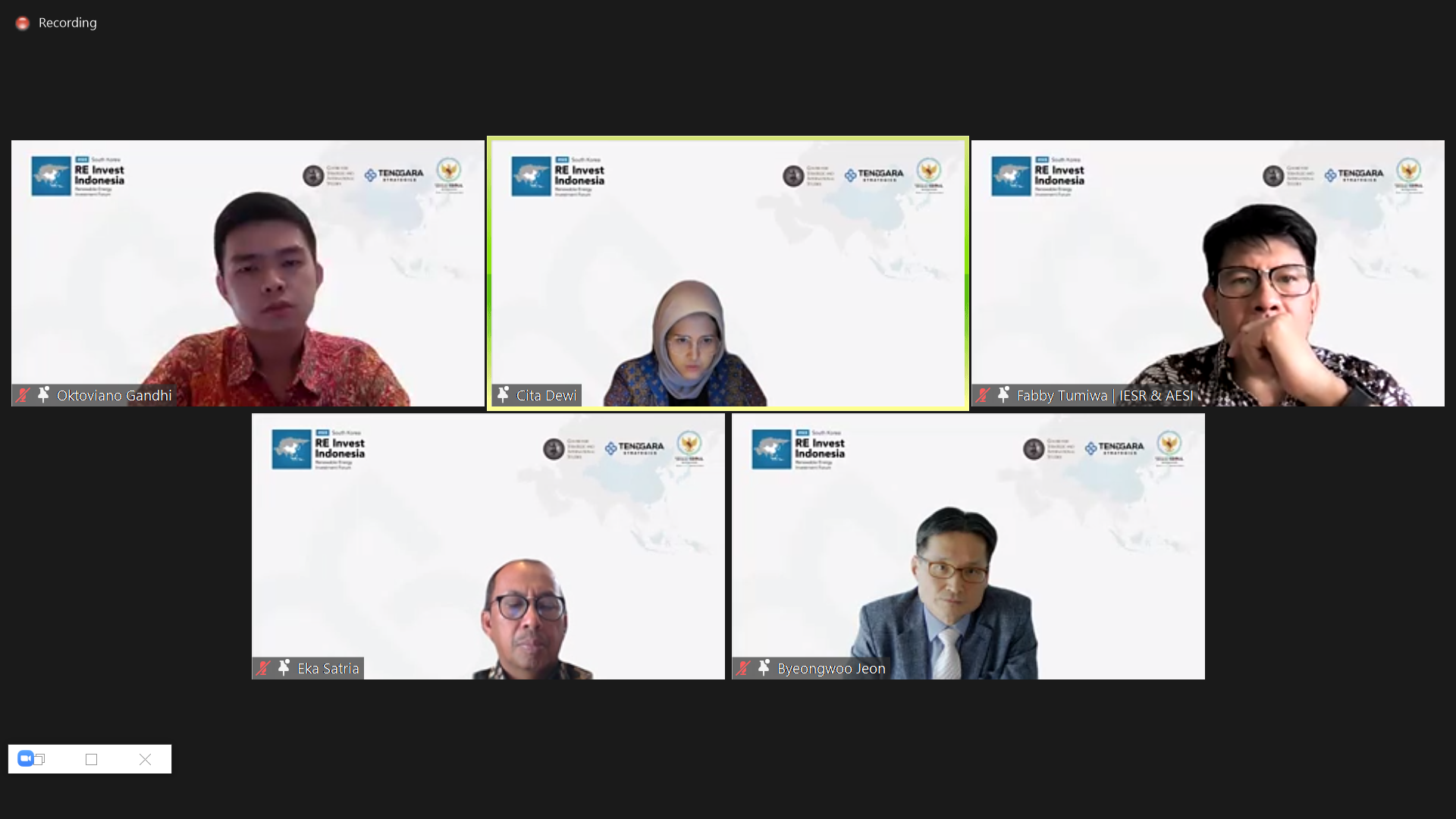
Jakarta, 7 April 2022 - Located on the equator, Indonesia is blessed with abundant yet (unfortunately) untapped solar energy potentials. The Institute for Essentials Services Reform’s study titled, “Beyond 207 Gigawatts: Unleashing Indonesia’s Solar Potential” shows that based on land suitability there are 3 - 20 TWp solar potentials that may generate power up to…
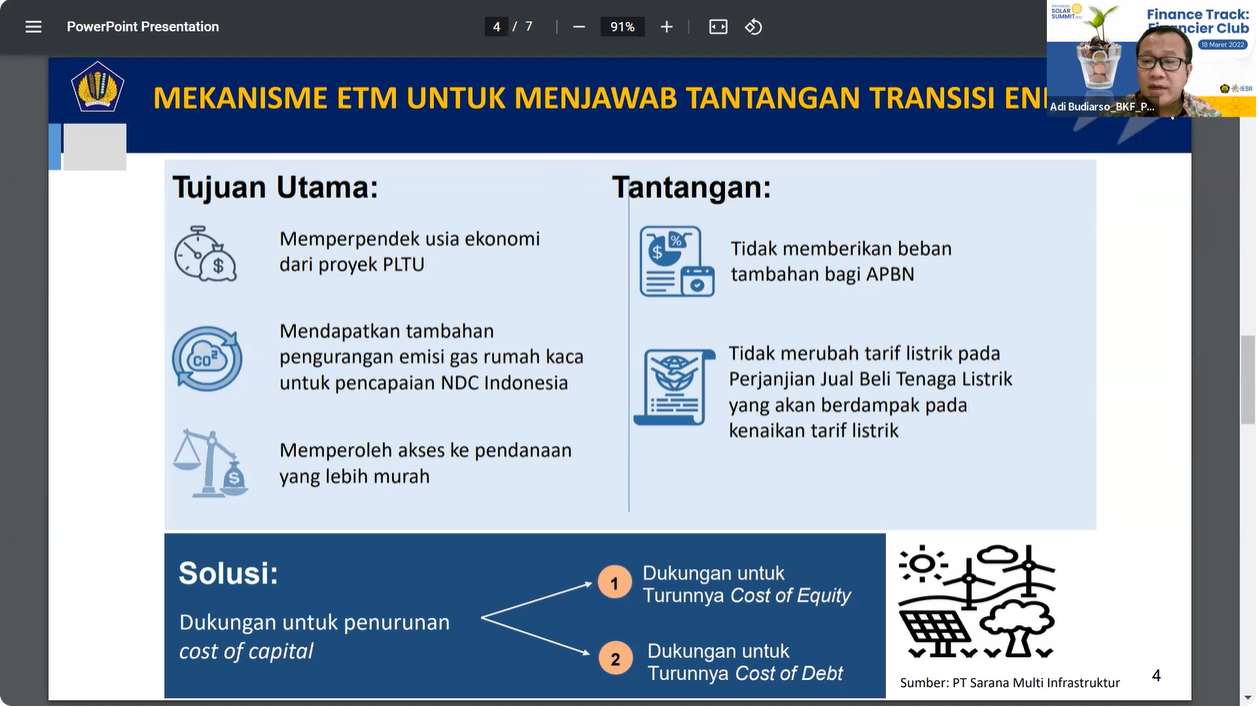
Jakarta, 18 March 2022- The financing of energy transition in Indonesia, especially in the Solar PV Power Plant, needs to be mobilized immediately. The technical potential of solar energy in Indonesia is enormous. Based on a study from the Institute for Essential Services Reform (IESR), the potential of solar energy in Indonesia is up to…
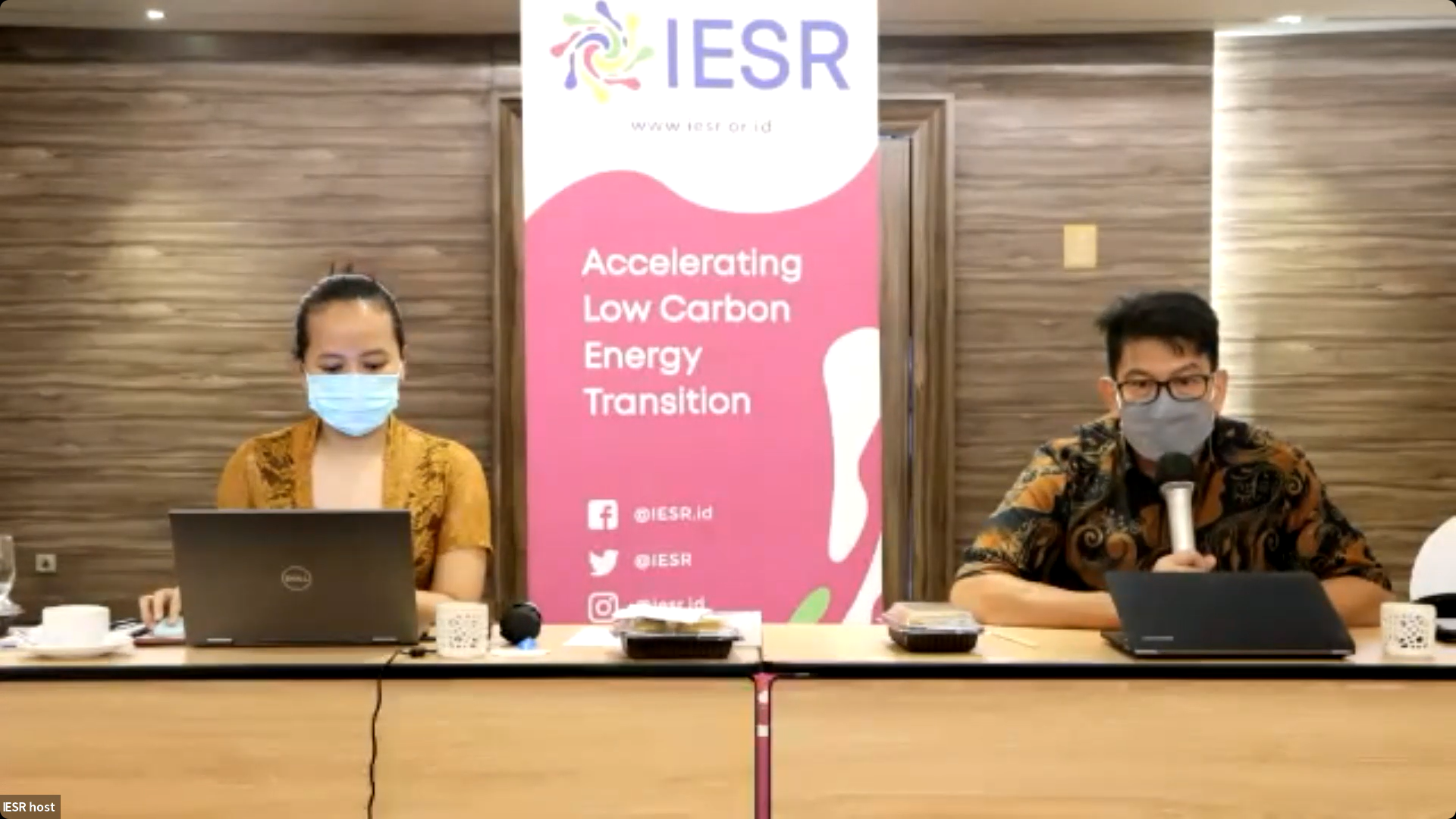
Jakarta, March 15, 2022 - The development of rooftop solar PV in Indonesia in the last three years has been very rapid. Citing records from the Ministry of Energy and Mineral Resources, there is a significant increase in installed capacity from less than 1.6 MW in 2018 to 48.79 MW in 2021. This is certainly…
